Issue 224
Issue 224
Sam Maloof, 1916-2009: Tribute to a Legend
 On May 21, our craft lost a revered master and beloved friend of many: Sam Maloof passed away peacefully in his home at the age of 93.
On May 21, our craft lost a revered master and beloved friend of many: Sam Maloof passed away peacefully in his home at the age of 93.
During more than 60 years of woodworking, Sam developed an organic, graceful style of furniture particularly evident in his chairs – any rocking chair with flowing lines built in the last 50 years is almost invariably described as “Maloof-inspired.”
Sam’s original low-back chairs and rockers have ended up in places like the White House and the Smithsonian museum. To me, his projects have always seemed more like an extension of nature than projects tallied up on a material list. As an outdoorsman, I look at those flowing lines and imagine that the chair could have been formed by forces of wind or rain.
And yet, his furniture is also solid and comfortable – intentionally so. Sam made sure all of his chairs provided good lower back support, holding the spindles he’d cut to his own back and sitting in the chairs he built until they felt right. No matter how beautiful the workmanship, Sam said, if the chair didn’t sit right, it was a lousy chair.
A few years ago, I had the good fortune to watch Sam build one of his trademark chairs and listen to his insights about the craft. It was an event I’ll always remember. Sam was already in his late 80s then, but still working six days a week at the craft he loved. Despite such honors as being the first designer ever to receive a MacArthur “genius” grant award, Sam preferred to think of himself as a woodworker, not an artist.
It was part of his gentle, down-to-earth personality: the same gracious personality that welcomed visitors to his home and workshop, that shared his experiences with younger woodworkers, that took a genuine interest in everyone he met.
And although Sam himself might have been self-effacing, to me it was a magical experience to watch him work. I’d never attempt some of the daring freehand cutting Sam did on the band saw (Sam himself strongly advised against it), and I noticed that he did not use measured drawings, either. Instead, Sam saw his furniture as almost living things, inspired by a higher power than himself and made “real by human hands and simple tools.”
These are noble goals worth adopting in our own projects and approach to our work, don’t you think?
Woodworking owes a great debt to you, Sam. You will be dearly missed.
Rob Johnstone, Woodworker’s Journal
What's In Store
-

Minwax Teak Oil
Minwax Teak Oil contains UV inhibitors to delay wood from graying over time. Designed especially for dense woods such as teak, mahogany and rosewood.
-

Making Furniture and Dollhouses for American Girl and Other 18″ Dolls
The book Making Furniture and Dollhouses for American Girl and Other 18″ Dolls by Dennis Simmons includes both beginning and advanced skill projects ranging from a dollhouse to doll furniture.
-

CNC Shark
The CNC Shark is a computer numerically controlled routing system with a table sized at 15-3/4 inches x 31-1/2 inches.
-
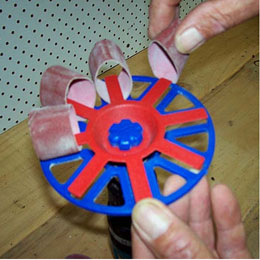
Spider Sander: Eight Slots for Sanding
A product of a new company, T and T Design, formed by two Australians named Terry, the Spider Sander takes its name from its eight slots for attaching abrasives.
Tricks of the Trade
-

Wax Repair Method
Another use for candle wax.
-

Sticking Face Plates
When I am practicing my beloved hobby of turning, I find my best faceplates and chucks are often hard to remove because their machined surfaces fit so precisely.
-

Bushing Containers
I use the small containers that come with my “Accuchek” diabetes test strips to keep track of my bushing for pen turning, etc.
Today's Woodworker
-

William Thomas: Traditional Education, Traditional Excellence
The North Bennett Street School has a well-deserved reputation for both teaching woodworking excellence and for having a decidedly traditional slant.
-
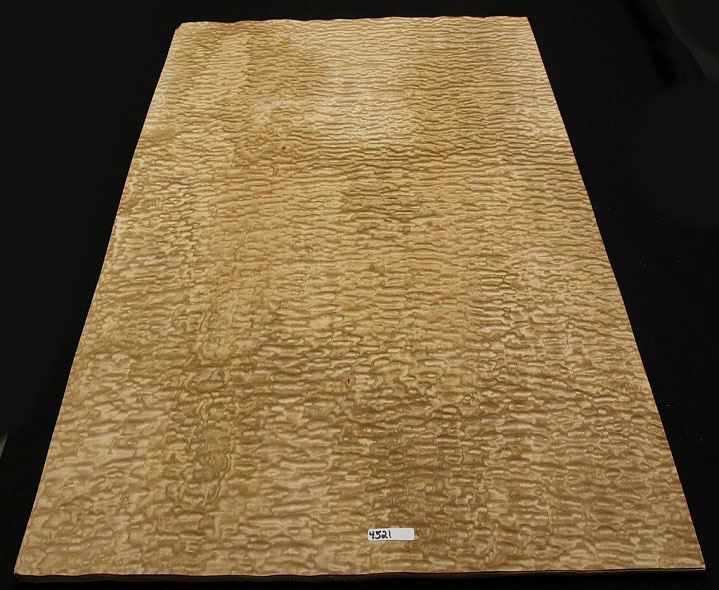
Joe Woodworker: Free Advice, 2000 Veneers and Weird Erasers
The man behind Veneer Supplies, a soup-to-nuts vendor of both veneer and the tools to handle it, is Joe Gorleski, Jr.
Q & A
-

Table Saw Bevel Cut Jig
Is there a jig that will enable me to bevel cut more that a 45 degree angle on my table saw?
-
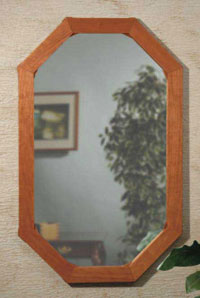
Refinishing Mirrors
We would like to know how to refinish old mirrors.
-

Lyptus Availability
Is Lyptus available in five, six and eight quarter stock, or only in four quarter?
Reader's Project Gallery
-

Harp
My first major woodworking project – a 34-string lever harp made of cherry with a 1/8″ birch 5-ply soundboard and…
-
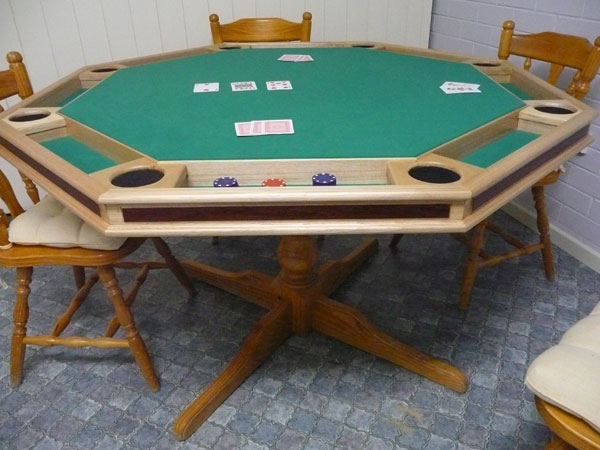
Poker Table
Hi This is a poker table that I built. I didn’t build the stand but just put it on a…
-
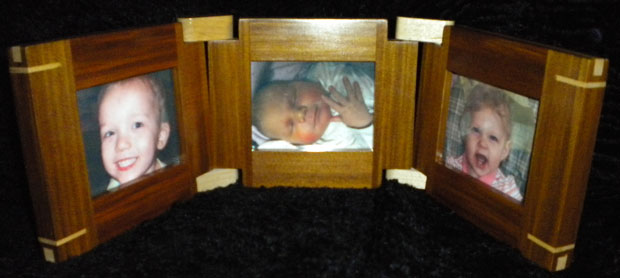
Tri-Fold Picture Frame
I designed this Tri-Fold frame as a gift to my wife on Mother’s Day. It is made from a beautiful…
Feedback
-

Digital Reading, Safe Toys and Angles
I look forward to the day when this will be the means of receiving any magazine and not having to wait on mail or run to the local bookstore.








